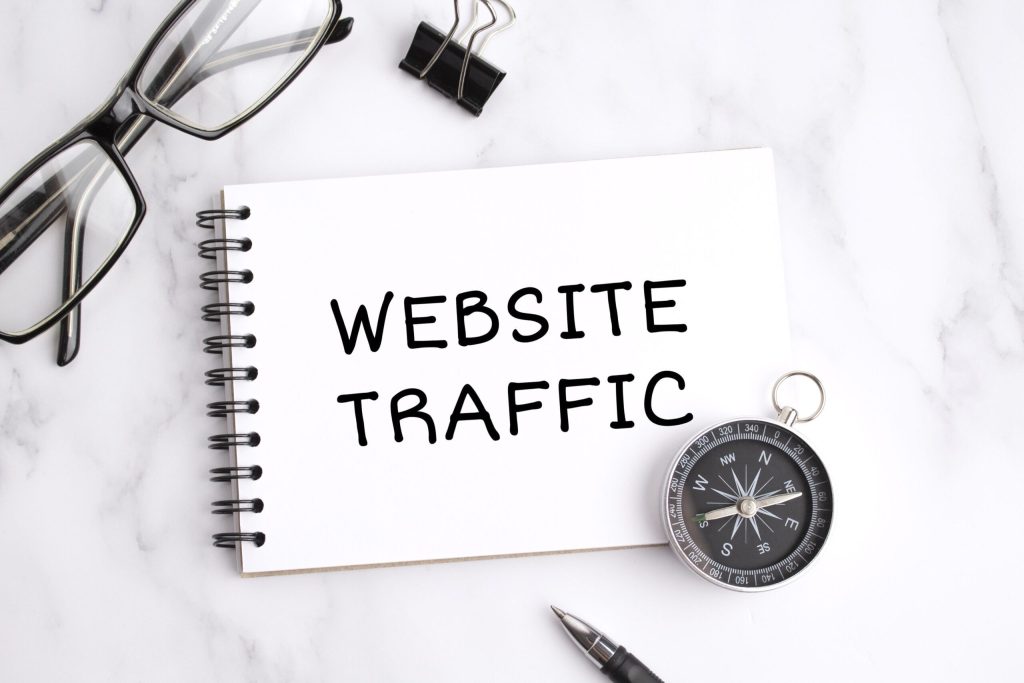How to increase the organic traffic to your website

SEO (Search Engine Optimization) is of utmost importance when it comes to directing natural, unpaid traffic towards your website. With the ever-increasing competition in the digital landscape, it’s essential to implement effective strategies to boost your website’s visibility and attract more visitors. In this blog, we’ll explore five valuable tips to increase organic traffic to your website. These tips are backed by real-world experiences and credible sources, offering you valuable insights to enhance your online presence and achieve better rankings in search engines.
1. Keyword Research and Optimization
Effective keyword research helps you identify relevant terms and phrases that your target audience is using to find products or services similar to yours. It’s crucial to use long-tail keywords and LSI keywords (Latent Semantic Indexing) that are closely related to your primary keywords.
LSI Keywords: LSI keywords are semantically related terms that provide context to search engines, making it easier for them to understand the content on your website. For instance, if your primary keyword is “organic food,” LSI keywords could include “healthy diet,” “sustainable agriculture,” and “natural ingredients.”
Content Creation Strategy
Once you have identified your target keywords, create high-quality, informative, and engaging content around them. Avoid keyword stuffing and instead focus on providing value to your readers. A well-optimized piece of content has a higher chance of ranking well in search engine results, driving more organic traffic to your website.
2. On-Page SEO Optimization
On-page SEO involves optimizing various elements on your website to make it more search-engine-friendly.
Title Tags and Meta Descriptions
Ensure that every page on your website has a unique and descriptive title tag and meta description. These elements are visible in search results and have a significant impact on click-through rates.
URL Structure
Craft well-structured and brief URLs that incorporate pertinent keywords. Steer clear of using lengthy URLs with unnecessary characters.
Header Tags
Use H1, H2, and H3 header tags to structure your content logically. This helps both search engines and readers understand the hierarchy of information on your page.
Internal Linking
Link relevant pages within your website to help search engines discover and index your content effectively.Image Optimization
Optimize your images by using descriptive alt text and compressing them for faster loading times.
3. Mobile Optimization
In today’s mobile-centric world, having a mobile-friendly website is not optional—it’s a necessity. Mobile optimization is crucial for providing a seamless user experience and improving your search engine rankings.
Responsive Web Design
Ensure your website is built using responsive design principles, so it adapts to different screen sizes and devices.
Page Speed
Optimize your website’s loading speed to reduce bounce rates and improve user engagement. Utilize tools such as Google PageSpeed Insights to detect and resolve performance-related problems.
Mobile-Friendly Content
Craft your content with mobile users in mind. Use shorter paragraphs, bullet points, and concise sentences for easy readability on small screens.
4. Link Building and Outreach
Link building is an essential aspect of off-page SEO that involves acquiring backlinks from other authoritative websites. When your website acquires high-quality backlinks, it signals to search engines that your site is credible and pertinent.
Guest Posting
Write valuable guest posts for authoritative websites in your niche, including a link back to your website.
Influencer Outreach
Collaborate with influencers and industry leaders to promote your content, reaching a broader audience.
Broken Link Building
Discover broken links on external websites and present your content as an alternative, thereby earning valuable backlinks.
5. Social Media Engagement
Social media platforms are powerful tools for driving organic traffic and building a loyal audience.
Shareable Content
Create shareable and engaging content that resonates with your target audience, encouraging them to share it with their networks.
Consistency
Maintain a consistent posting schedule on social media to keep your followers engaged and informed.
Community Interaction
Actively engage with your social media followers, responding to comments and messages promptly.
Hashtags
Use relevant hashtags to expand the reach of your posts to a broader audience.
Conclusion
Boosting organic traffic to your website is a continuous journey that requires dedication, consistency, and adaptability. By following the five tips outlined in this guide performing effective keyword research, optimizing on-page elements, focusing on mobile optimization, building quality backlinks, and leveraging social media engagement you’ll pave the way for a stronger online presence and increased visibility in search engine results.
